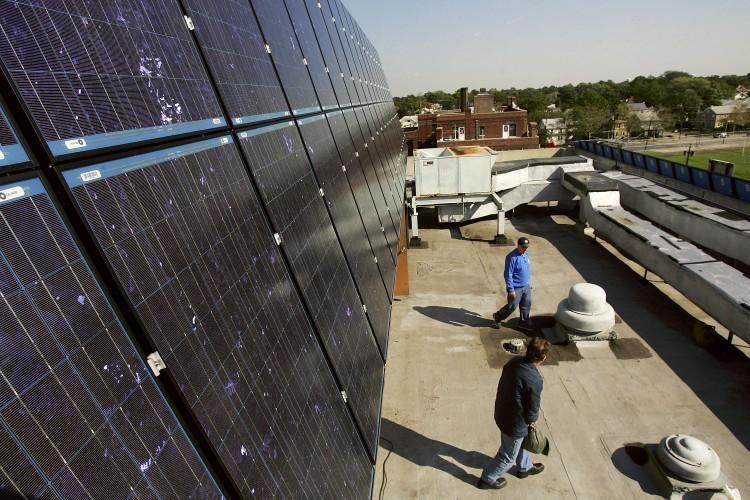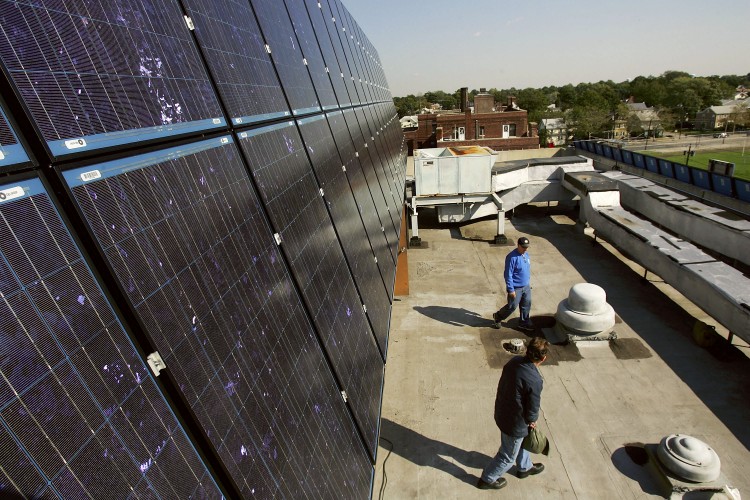NEW YORK—The solar industry grew at a brisk pace in 2011, with a 109 percent installation growth nationwide over 2010. New York state almost tripled its output, but has a lot of catching up to do—New Jersey outpaced the Empire State by 253 megawatts. New photovoltaic solar systems installed in New York produced only 60 megawatts of electricity, compared to New Jersey’s 313 megawatts in 2011.
Current policy, not a lack of sunshine, may be the biggest cause for the lack of installations in 2011.
“I think we have done a good job in putting solar on people’s rooftops but there is a much larger market out there. We have seen the growth exponentially in other states around us,” Carol Murphy, executive director of Alliance for Clean Energy New York (ACENY) said.
ACENY is an advocate for the rapid adoption of clean energy alternatives and energy conservation. “It is not a question of whether New York has the solar resources—it’s a question of if New York’s programs go far enough.”
New York’s plentiful sunshine and high demand for solar means it has enormous potential to increase its use of solar energy. But current policy only allows for rebates for 50-kilowatt systems, which typically suit the needs of residential, small businesses, or schools. These offer little incentives for large systems, which would significantly drive up the megawatts output of installed photovoltaic systems each year.
In addition to only offering rebates on small systems, New York does not currently have a long-term megawatts goal. New Jersey, an industry leader in solar installation, currently has a long-term goal of 5,000 megawatts by 2026.







